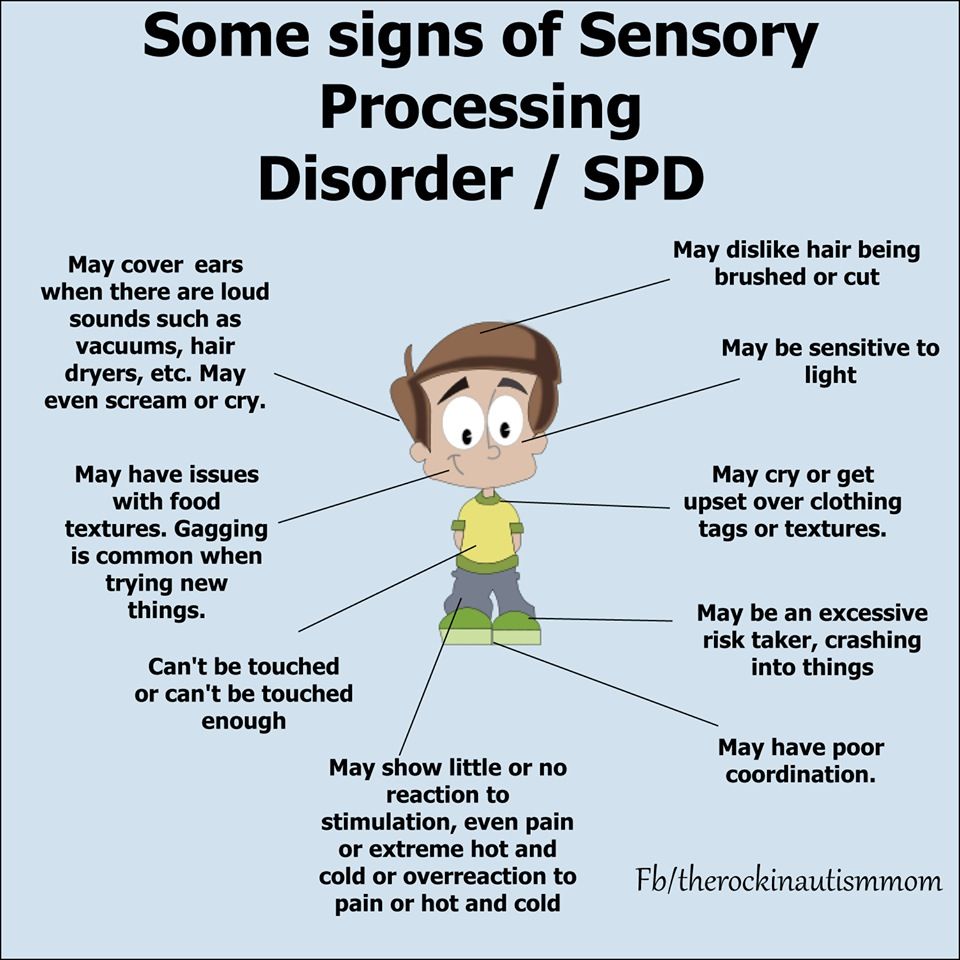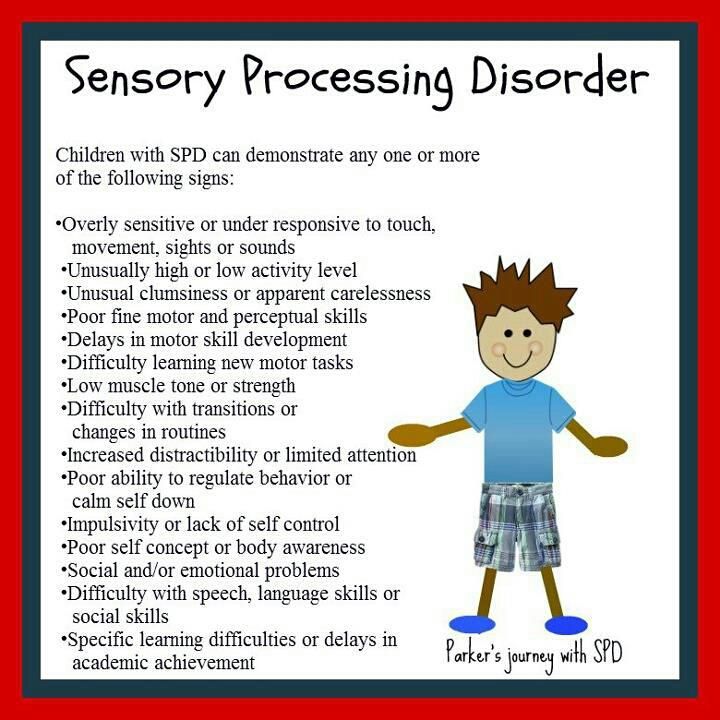What is sensory processing disorder?
Sensory processing disorder (SPD) is a condition where the brain cannot adequately receive and respond to sensory information. Our five senses are what we essentially engage the outside world with; and when that process breaks down it causes major difficulties. Also known as sensory integration dysfunction this neurological diagnosis has been particularly prevalent in children. SPD sufferers find it difficult to process the information coming from the senses and this may lead to motor function clumsiness, anxiety, behaviour issues and even depression. Effective treatment of the condition begins with identifying SPD in child or adult.
As SPD affects hearing, vision, taste, touch and smell it can impact on cognition and movement. Symptoms may include: bumping into things a lots, un-co-ordination, lack of spatial awareness in relation to the physical body, and being generally uncommunicative. Obviously all children can exhibit these traits from time to time, but the sufferer of SPD is often overwhelmingly affected by them. There can be extreme reactions to sudden noises or particularly high pitched sounds. The children often cannot focus because they are continually distracted by background interference. Kids can also, as with children on the spectrum, avoid and be fearful of human contact and touch.
 The type of SPD a sufferer may experience has now been classified into two main categories: Hypersensitivity and Hyposensitivity. In the latter category children may manifest opposite reactions like exhibiting a constant need to touch people or things, have no awareness of personal space, very clumsy movements, is indifferent to physical pain and can be extremely fidgety. Hypersensitive SPD kids are more likely to be more withdrawn and fearful in response to the outside world.
The type of SPD a sufferer may experience has now been classified into two main categories: Hypersensitivity and Hyposensitivity. In the latter category children may manifest opposite reactions like exhibiting a constant need to touch people or things, have no awareness of personal space, very clumsy movements, is indifferent to physical pain and can be extremely fidgety. Hypersensitive SPD kids are more likely to be more withdrawn and fearful in response to the outside world.
“For one 2-year-old, loud noises such as the pop of plastic bubbles were so upsetting, he would cover his ears and run away. Some days the sound of a vacuum cleaner would make him scream. The child so persistently avoided activities with too much noise & motion that his preschool’s administrators asked to meet with his family — and soon an assessment led to a diagnosis of sensory processing disorder, or SPD.” – The Washington Post.
Once diagnosis is achieved, it is only the beginning of the journey, as different children respond to different treatments. It is a good idea to inform all carers and teachers of your child’s special needs. Ask yourself, is the school or facility that your child attends able to meet the particular requirements that an SPD kid has.
“A diagnosis of Sensory Processing Disorder may seem easier to accept than the stigma-fraught label of autism. SPD, for many parents, sounds better, sounds like a more minor thing; it sounds like it’s easily treatable.”
Occupational therapy offers a wide range of therapeutic approaches for the treatment of SPD as well as related conditions like auditory processing disorder among others. These can include: recognising sensory triggers which can set off extreme reactions; focusing on expanding skills and abilities within the child’s repertoire; reducing environmental stimulus; and developing social stories. Speech pathology can sometimes be useful in certain instances, and seeing a child psychologist can also cast some helpful light in many cases.
